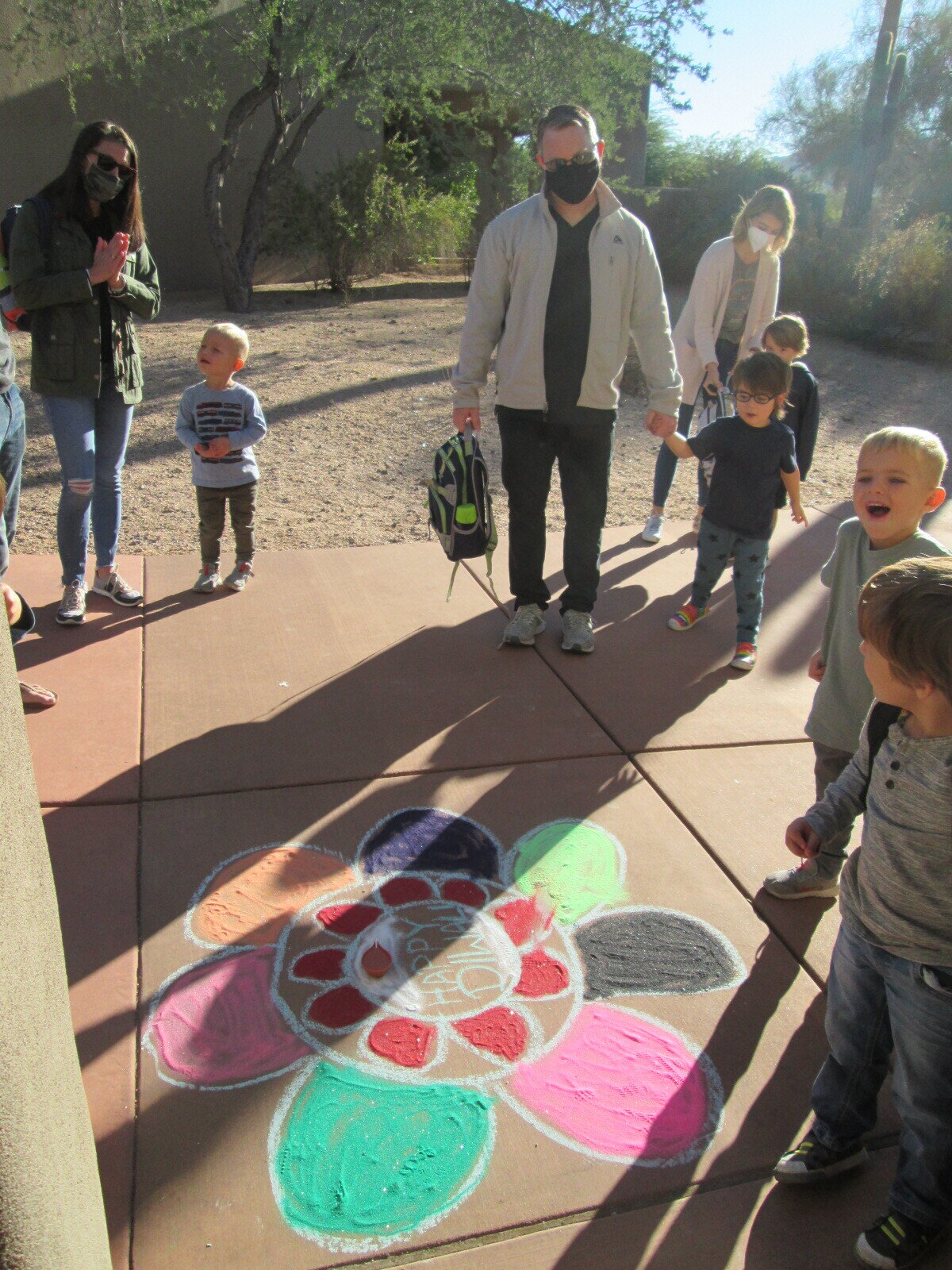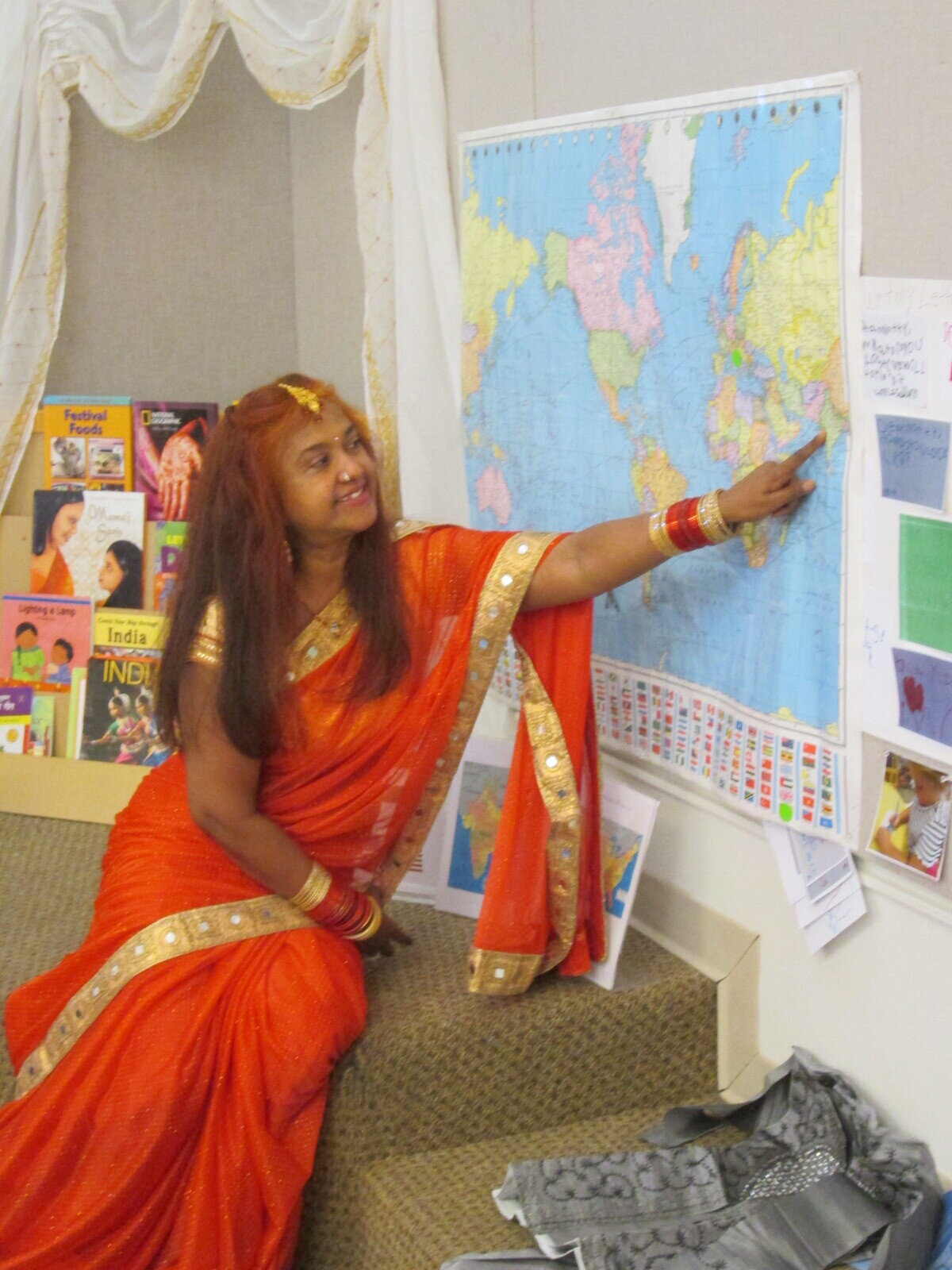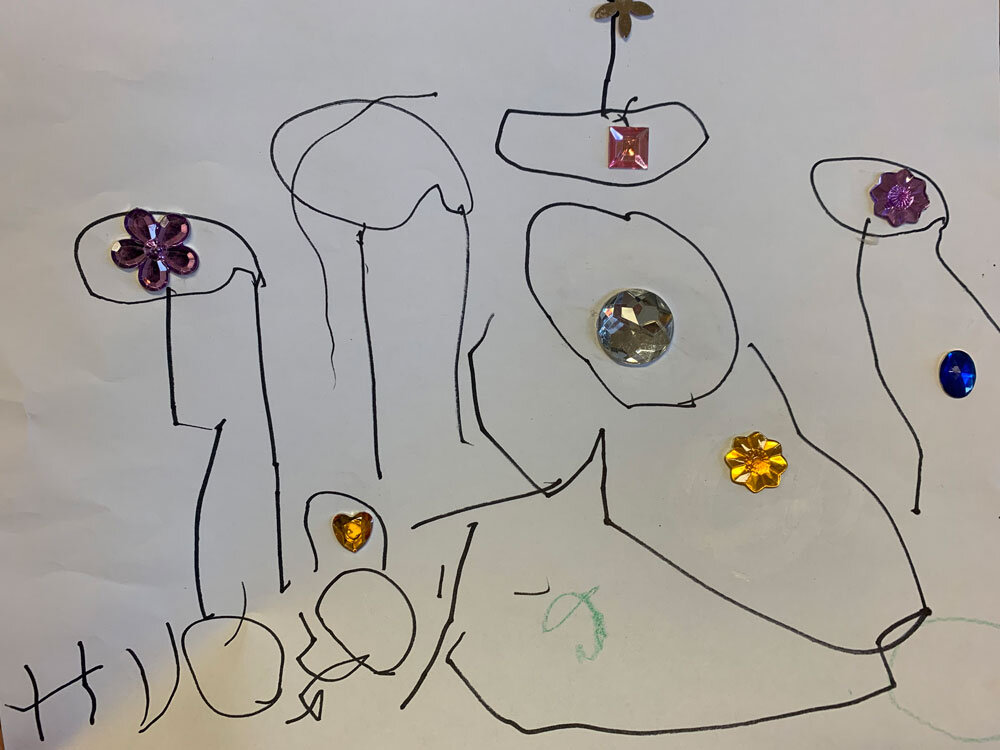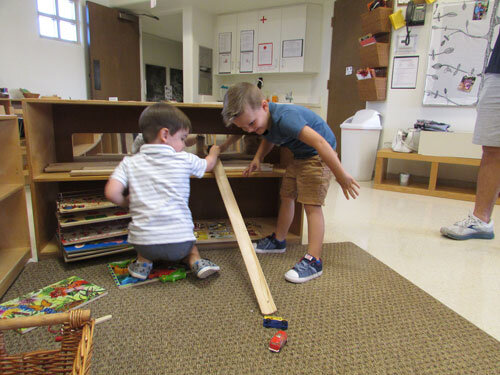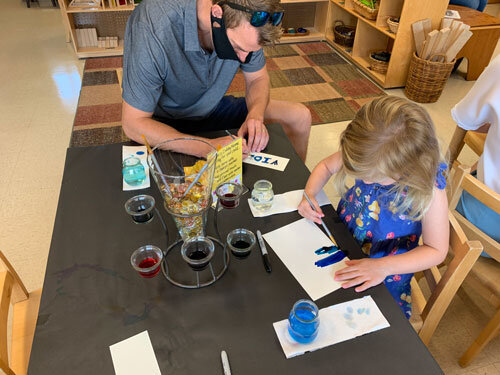by Kelsey Vasquez
They say children don’t come with an instruction manual. As parents, it can feel like we are constantly navigating through opposing viewpoints of how to best support our child’s development. Part of the conflict arises where culture clashes with current research.
So what do our children really need? Neuroscience Educator, Nathan Wallis, offers a compelling argument that breaks down some of the complexity behind brain development.
First, he divides the brain into four parts for easier understanding:
1. Brain Stem “the survival brain”
2. Cerebellum “the movement brain”
3. Limbic System “the emotional brain”
4. Frontal Cortex “the home of higher intelligence”
Brains come online from bottom to top. A child is not a little frontal cortex waiting for formal academics; we are first, and foremost, a survival brain, then a movement brain, then an emotional brain, and lastly, a thinking brain. So what does that mean for us as parents and educators of littles? We need to respect and fully meet the needs of each stage of development before moving to the next.
So, what does your child need? They need attachment in the first six months. They are operating primarily from that survival brain and depend on a caring, responsive primary caregiver to keep them safe. From six months to eighteen months, the movement brain becomes more prominent. During that 12 month span, children need freedom to move and develop the muscles to support their expanding gross motor abilities.
And then enters “the emotional brain.” Anyone living with a preschooler probably knows what this means (I’ll raise my hand in camaraderie- I’m living with three!). The Limbic emotional brain is center stage for children aged 2 to 7 or 8 years old. This is why a social emotional curriculum is imperative in early childhood, while a cognitive curriculum is more appropriate for older children in elementary, high school, and higher education.
What do children need in this stage? PLAY! They need the space and time necessary to play to develop the dispositions that serve as the foundation for the frontal cortex, aka higher intelligence. Play facilitates higher intelligence.
So what is a disposition? Perseverance is a disposition. Attention span. Grit. Resiliency. Belonging. If your frontal cortex is how brainy you are, then the limbic system is how brainy you feel. And that matters.
So, here is a practical example of how this plays out (pun intended). In a free-play curriculum, the emphasis is on the process. A child may spend an hour building a block tower. How high can the tower be? To answer this question, there will need to be some problem solving. How will it be stabilized? How do you manipulate the base to support the height? Which blocks work better on the bottom and which can be used on the top? How does the placement affect the balance?
Most likely, the child will not be successful on their first try. Each failed attempt encourages new potential solutions to be generated. And they are motivated to continue because it’s intrinsic. There was a choice. The child feels a sense of ownership to their work. They develop a disposition that supports working through multiple failures before finding success, maybe even managing conflict with peers when ideas differ, coping with frustration or disappointment.
In a product-focused curriculum, by comparison, a child may be doing a worksheet that is adult-directed. There is no ownership of the work (therefore, no intrinsic motivation) and they often learn there is a right or wrong answer. Statistically, a push down of academics shows little to no benefits long term, and instead is more likely to cause anxiety and depression.
Children who are allowed to choose where to play typically maintain an attention span for 45 minutes to an hour. Children in adult-directed curriculum stay focused for an average of seven to ten minutes.
On average, the frontal cortex takes dominance around the age of seven. In fact, research shows that cognitive results plateau at the age of eight - so whether your child has been reading since they were four years old or seven and a half years old, it makes no difference for the rest of their life after the age of eight.
Sooner isn’t smarter. Reciting numbers, colors, and letters at age 2 will not make your child any more successful or smarter at age 30. Step away from the flashcards and the worksheets.
Here is what you can do instead:
Talk to your baby. Language is the major driver of cognition. Our brains are wired to interact with our environment in the first thousand days to see what type of brain we will need for the rest of our life. Talk to your baby about what you’re doing, engage in oral storytelling, sing songs and nursery rhymes, etc.
Attachment is key. The intimacy between parent and child creates the complexity of the brain. Your baby, your bond. Slow down and fall in love with that sweet newborn.
Follow the baby. Meet the needs of each developmental stage before moving on to the next. Sooner isn’t smarter. Children don’t need to be “prepared” for what will be expected of them in the next developmental stage, they need to be supported in the stage of development they are currently in.
Advocate. You know your child best. As their parent, you are their first and longest teacher. This research is shared with you to help you make informed decisions that work best for your family. Each child can develop at their individual pace and deserves at least one adult who will relentlessly advocate for their best interest.
Much of the work referenced in this blog is from Neuroscience Educator, Nathan Wallis. You can learn more about his work at: www.nathanwallis.com or by watching videos linked below:
Nathan Wallis - First 1,000 days







































































